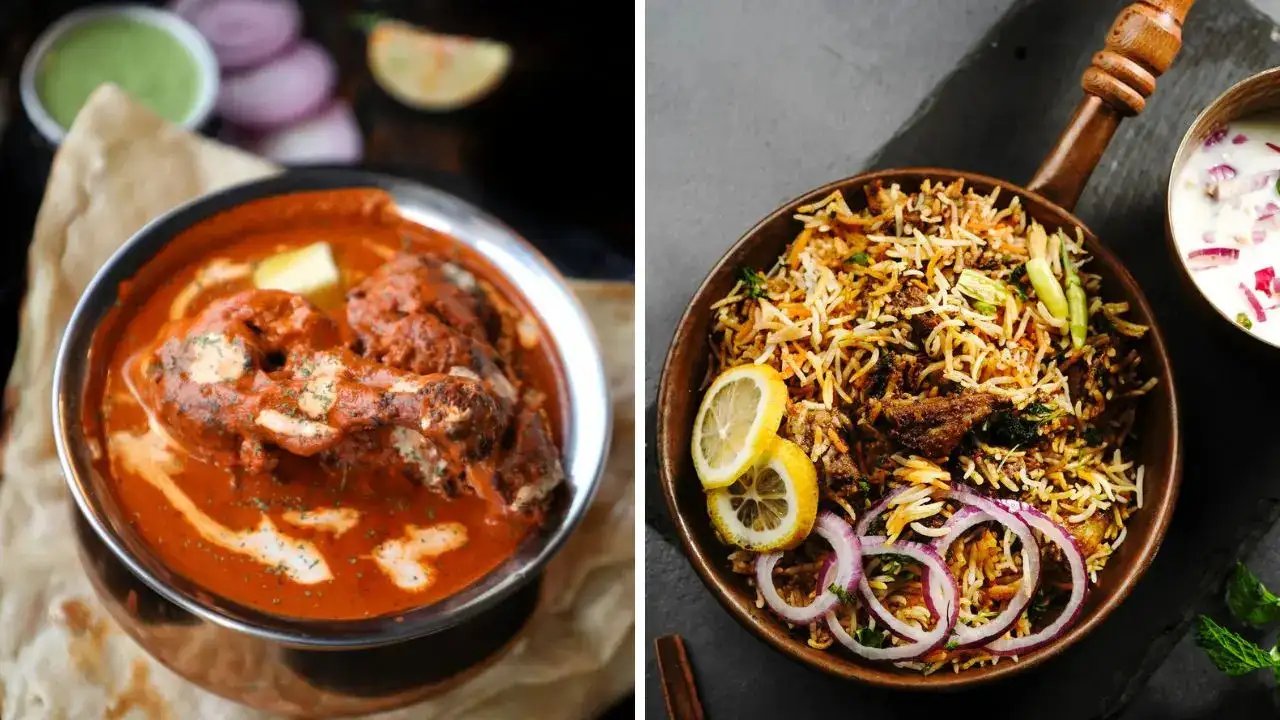By Namya Sinha
What is the most iconic dish in the world? Or in 2025, which one deserves the top slot? TasteAtlas, which describes itself as an encyclopedia of flavours and a global guide to traditional dishes, local ingredients and authentic restaurants, has published its list of the “100 Best Dishes in the World.” According to TasteAtlas, “Based on 367,847 valid ratings for 11,258 dishes in our database, these are the 100 best dishes in the world.” Colombia’s Lechona takes the top spot with a rating of 4.78, followed by Italy’s Pizza Napoletana (4.75) and Brazil’s Picanha (4.69). Lechona is a whole pig, roasted and stuffed with onions, peas, herbs and spices. It is usually prepared for special occasions and is cooked slowly over several hours. Indian food, that commands a massive following globally is largely absent from the Top 20. Four Indian dishes made the cut in the full list. Murgh Makhani appears at number 29, Hyderabadi Biryani at 31, Chicken 65 at 97, and Keema at 100. TasteAtlas calls Murgh Makhani the “best known of all Indian dishes” and notes that it is widely recognised as Butter Chicken. Hyderabadi Biryani, long associated with the city of Hyderabad, is often held up as one of the great rice dishes. For many who cherish biryani, it belongs at the very top. “There are two main varieties of the dish – kachchi (raw) and pakki (cooked). It is said that Hyderabadi Biryani’s richness of flavour is due to the unique process of cooking raw rice and raw meat together with exotic spices, unlike other places where meat and rice are cooked separately,” TasteAtlas explains. The dish, when cooked using the “dum” technique, shares a link with Persian culinary traditions. Chicken 65 is a fried chicken dish that is strongly associated with the state of Tamil Nadu. Keema, made with minced meat, is a stew or curry popular across the Subcontinent. Historical texts such as the Ain-i-Akbari mention it, pointing to its Persian roots. But does the ranking reflect a broader reality? It depends on who is doing the tasting. Food is subjective, shaped by culture, memory and experience. These lists are worth reading, but always with a fair amount of scepticism.
